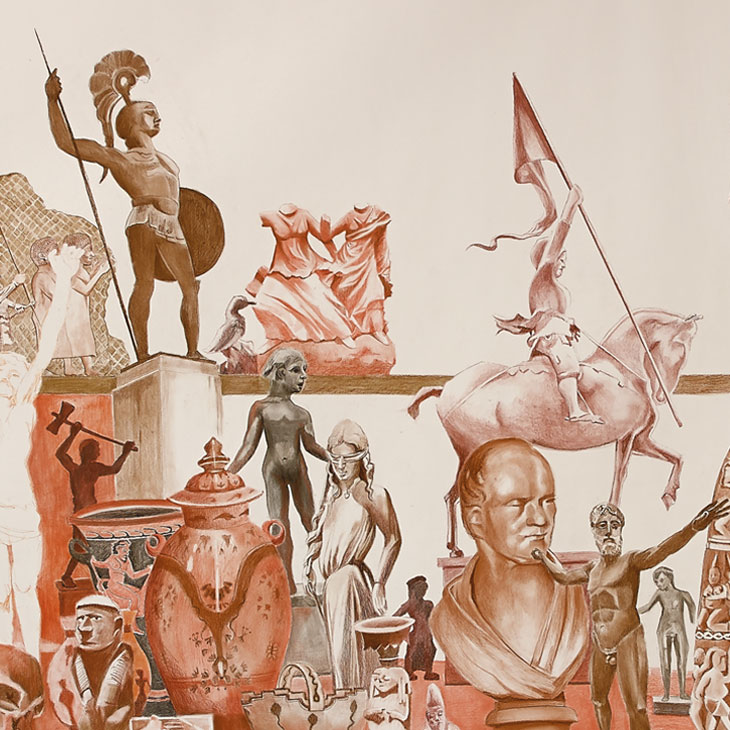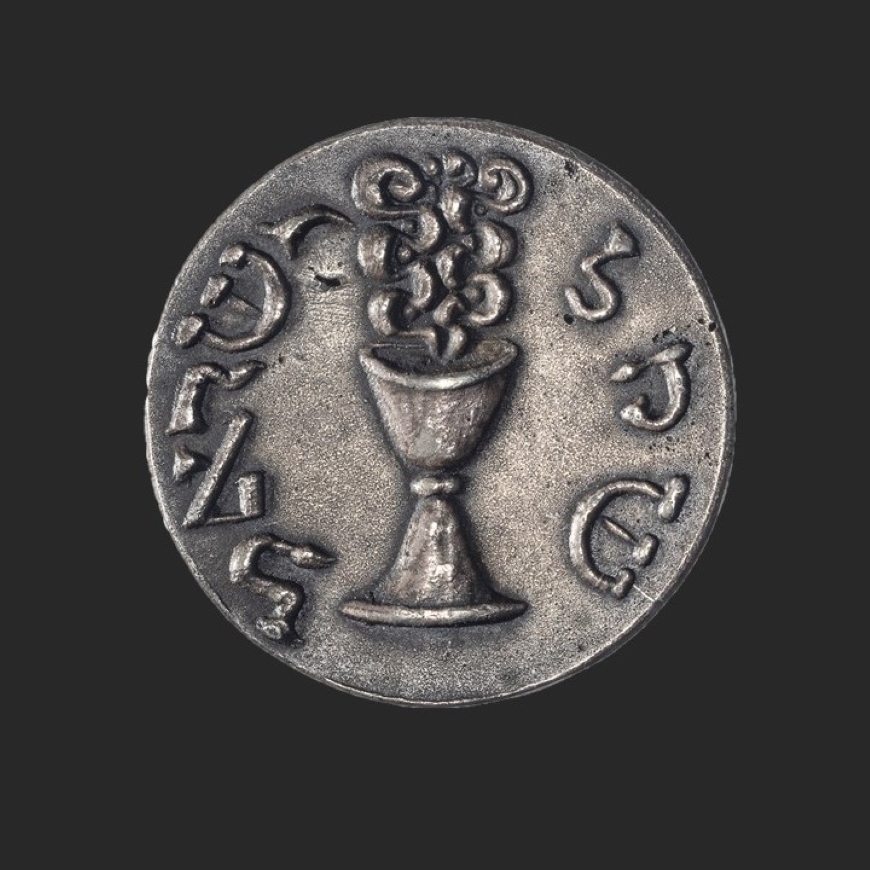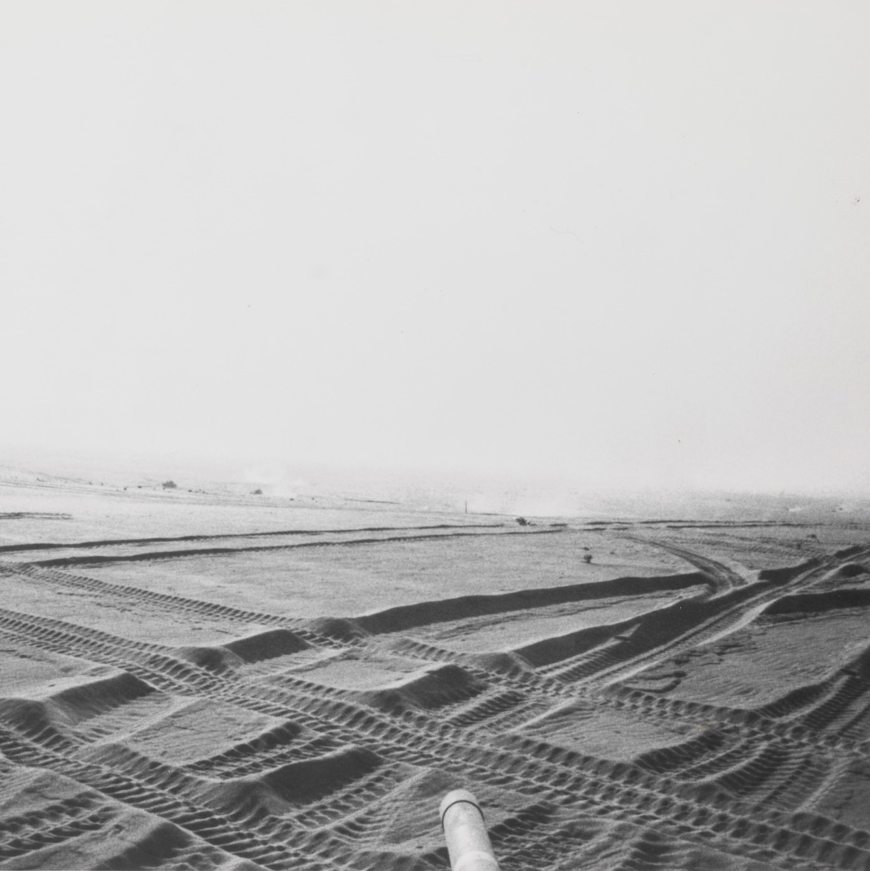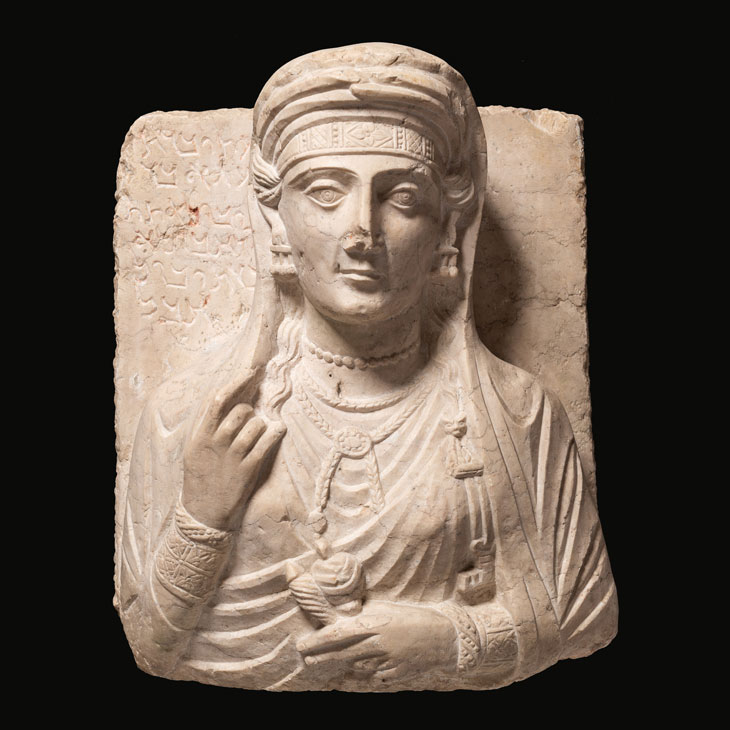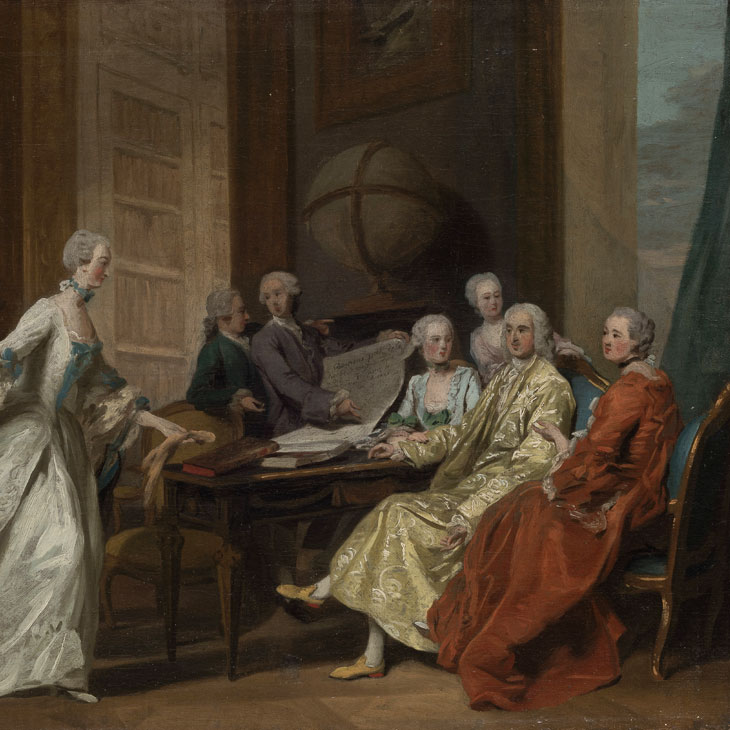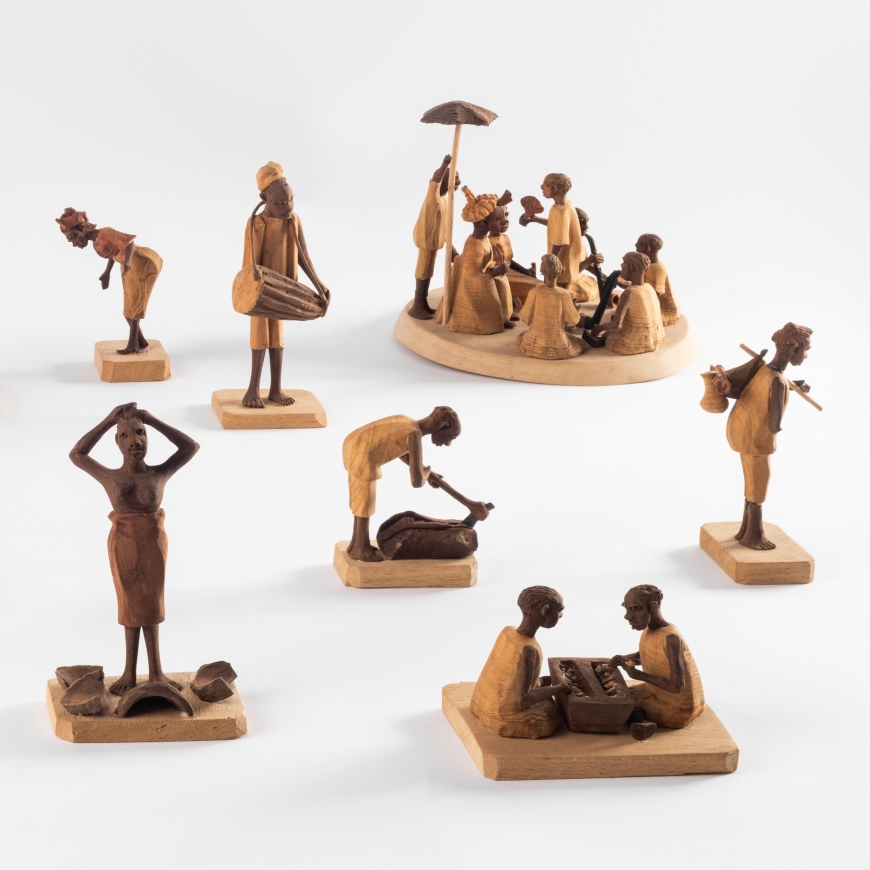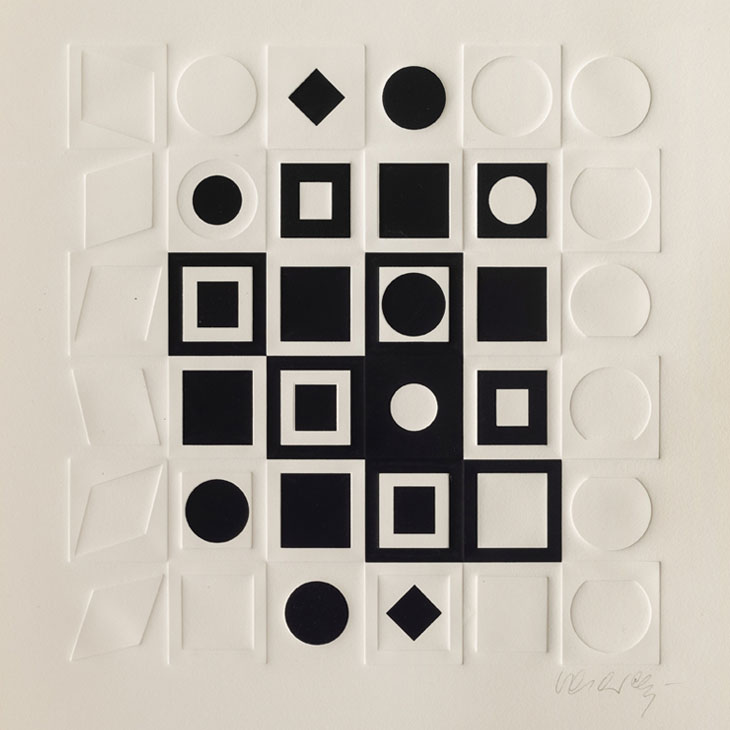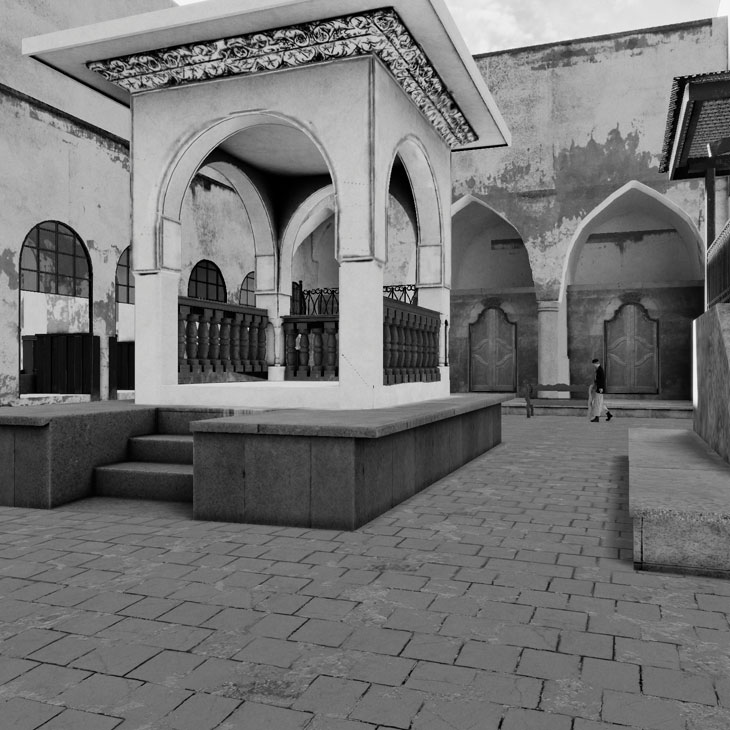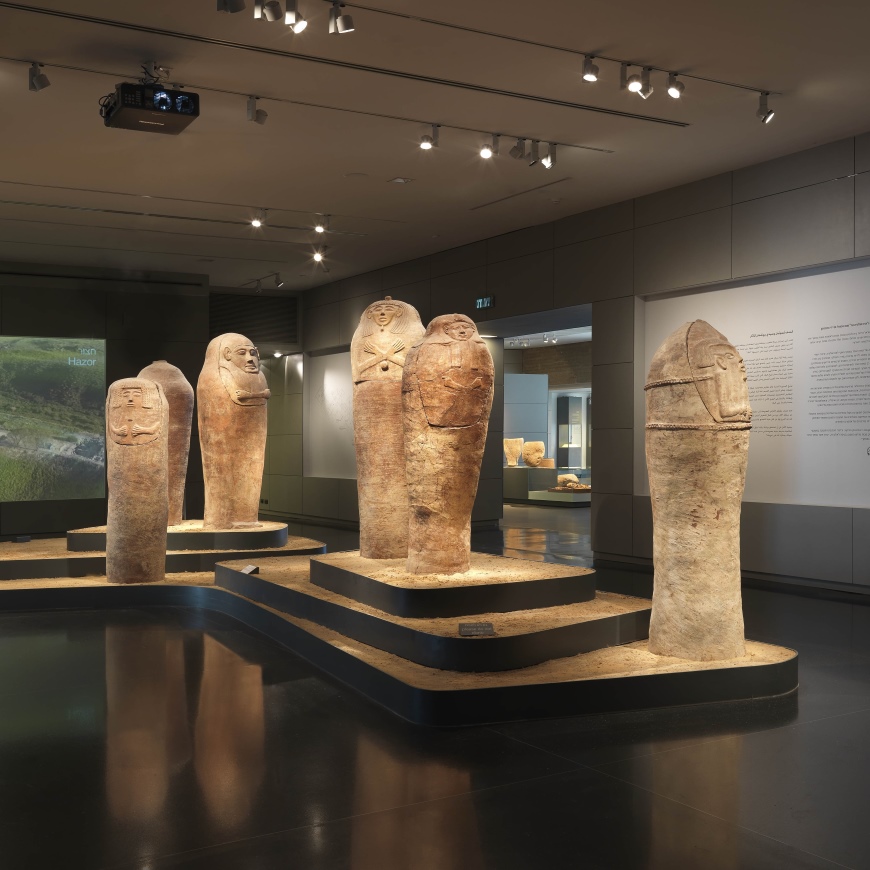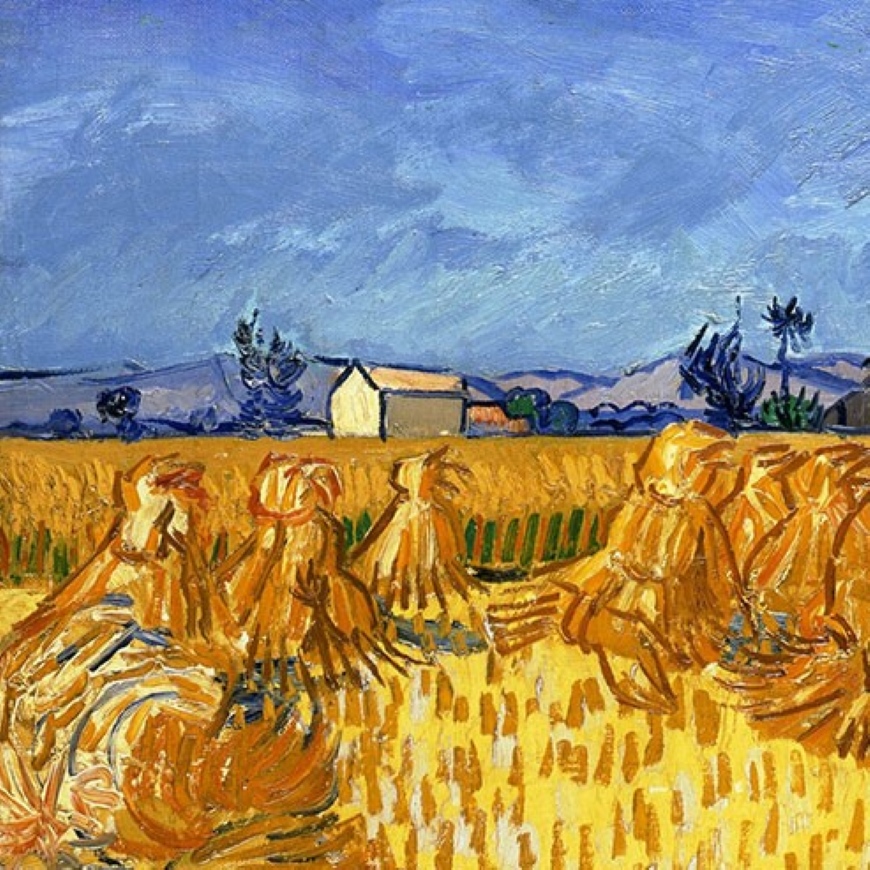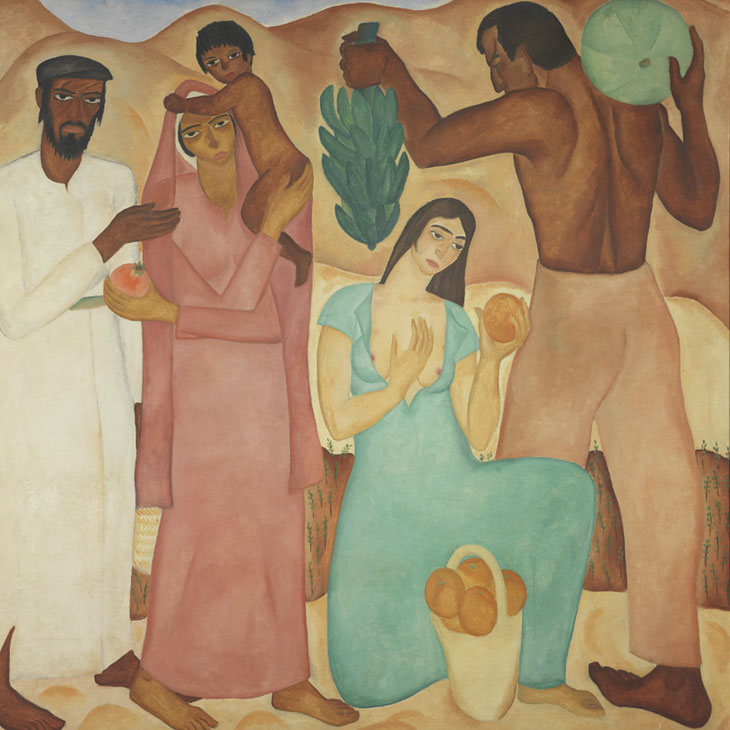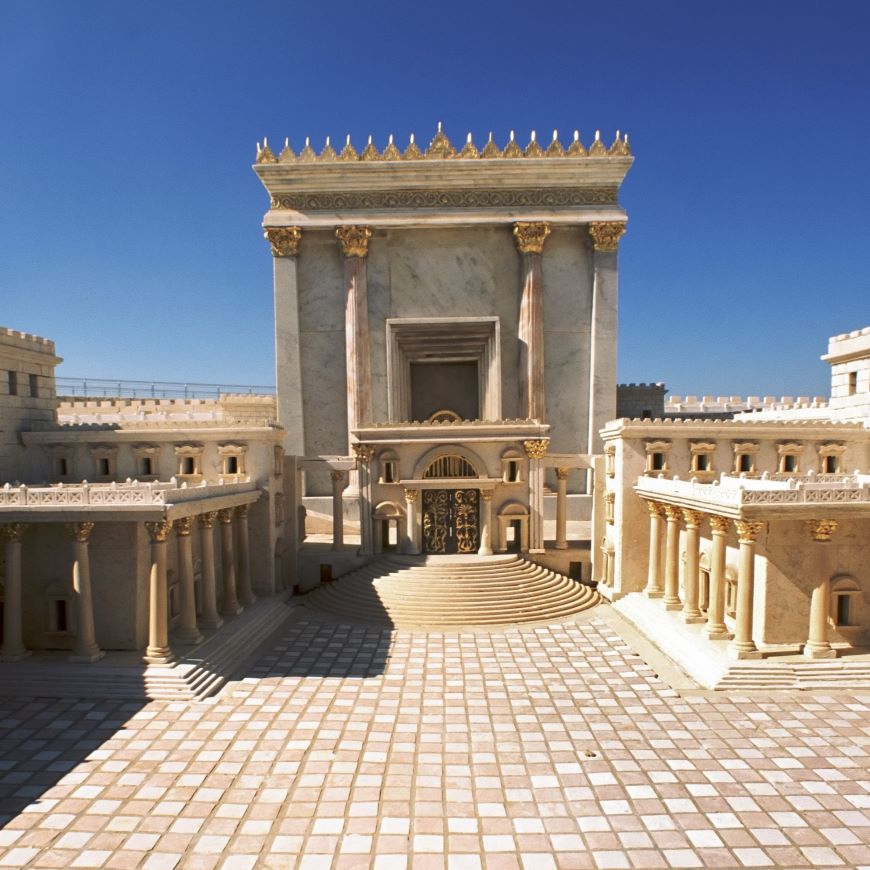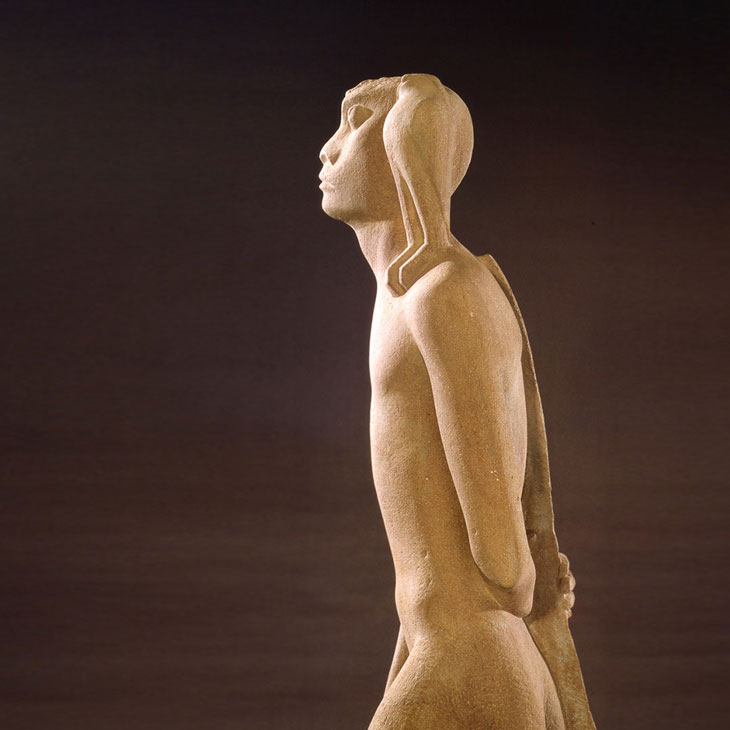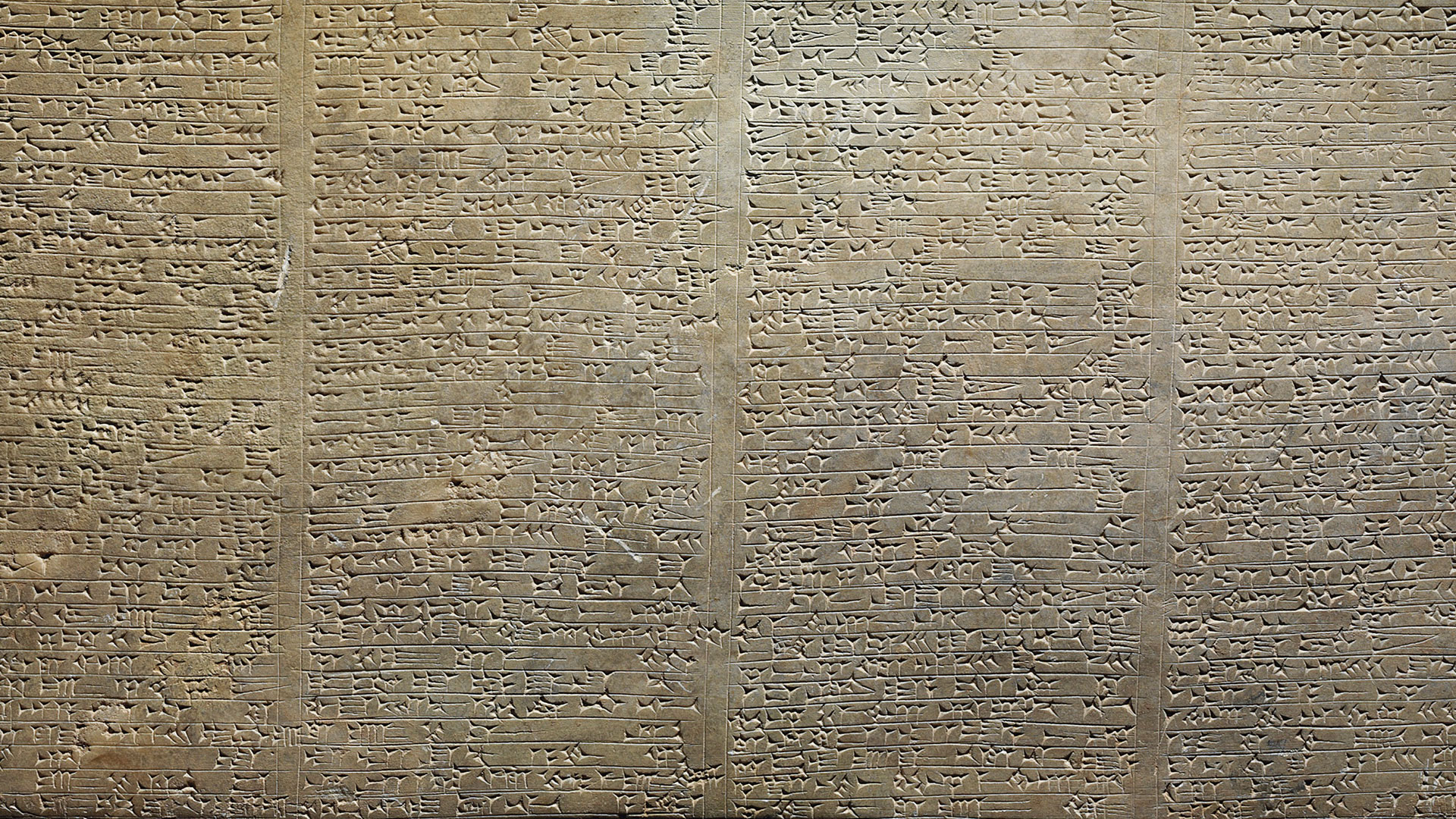
I Placed My Name There
The Great Inscription of Tukulti-Ninurta I, King of Assyria (Special Exhibit)
-
June 7 2015
Curator: Laura A. Peri
-
This is the only complete version of the earliest and longest inscription of Tukulti-Ninurta I (ca. 1241 – 1206 BCE), a fascinating Assyrian monarch whose figure and name, “my trust is in (the god) Ninurta”, may have been the inspiration for the biblical Nimrod (Genesis 10:8-12). The stele was probably placed in a wall of the building the construction of which it commemorates: the new palace that the king built in Assur, Assyria’s capital.
Despite its primary purpose as a foundation record, much of the inscription narrates the king’s first military successes. The text concludes with blessings on the future king expected to maintain the building and the inscription itself, followed by curses upon any ruler who might eradicate the building and its builder’s name.
The ancient custom of immortalizing the king’s name and deeds in writing gave birth to the first historical records. The idiom “to place one’s name” – to establish dominion or ownership by means of an inscription – is common in Mesopotamian royal texts. It is perpetuated in the Bible, for example, in Deuteronomy 12:11, with reference to the place chosen by God to (as traditionally translated) “make his name dwell there".
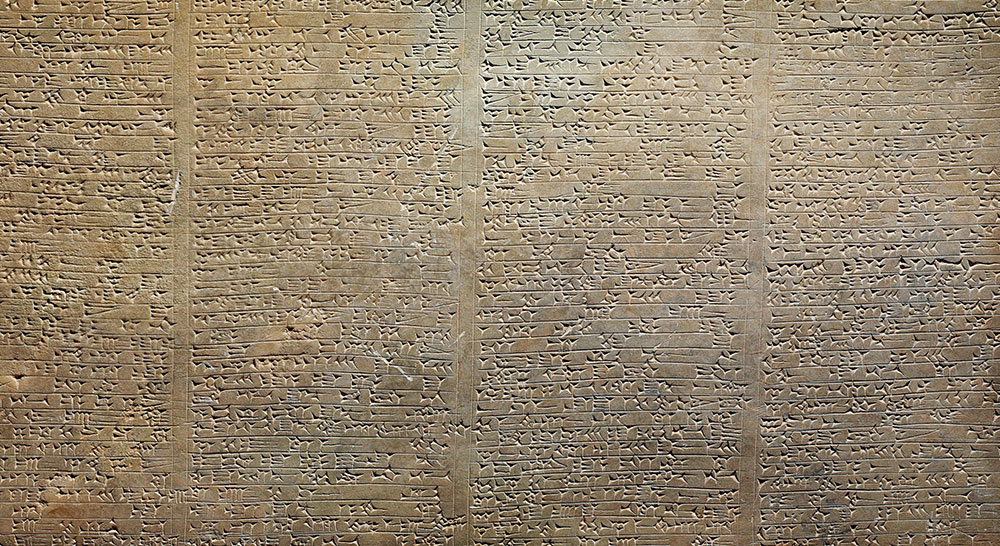
The Great Inscription of Tukulti-Ninurta I, King of Assyria
Inscribed in Akkadian in cuneiform script
Assur (Qal'at Sherqat), Middle Assyrian Period, probably 1239
Alabaster, Extended loan from the Collection of David and Cindy Sofer, London
- Apr 18May 02May 06May 09May 16May 20May 23May 27May 30
- Apr 18May 02May 09May 16May 23May 30
- Apr 18May 02May 09May 16May 23May 30
- Apr 18May 02May 09May 16May 23May 30
- Apr 16Apr 18Apr 30May 02May 09May 16May 23May 30
- Mar 21Mar 28Apr 01Apr 04Apr 08Apr 11Apr 15Apr 18
- Mar 28Apr 04Apr 11Apr 18
- Apr 19Apr 20Apr 27May 03May 04May 07May 10May 11May 17May 18May 21May 24May 25May 28May 31
- Apr 24Apr 25Apr 26
- Apr 01Apr 08Apr 15Apr 29
- Apr 02Apr 02Apr 02Apr 09Apr 09Apr 09Apr 16Apr 16Apr 16Apr 30Apr 30Apr 30


